Estefania Talavera
WiCV@CVPR2024: The Thirteenth Women In Computer Vision Workshop at the Annual CVPR Conference
Nov 03, 2024Abstract:In this paper, we present the details of Women in Computer Vision Workshop - WiCV 2024, organized alongside the CVPR 2024 in Seattle, Washington, United States. WiCV aims to amplify the voices of underrepresented women in the computer vision community, fostering increased visibility in both academia and industry. We believe that such events play a vital role in addressing gender imbalances within the field. The annual WiCV@CVPR workshop offers a)~opportunity for collaboration between researchers from minority groups, b) mentorship for female junior researchers, c) financial support to presenters to alleviate financial burdens and d)~a diverse array of role models who can inspire younger researchers at the outset of their careers. In this paper, we present a comprehensive report on the workshop program, historical trends from the past WiCV@CVPR events, and a summary of statistics related to presenters, attendees, and sponsorship for the WiCV 2024 workshop.
Crime scene classification from skeletal trajectory analysis in surveillance settings
Jul 04, 2022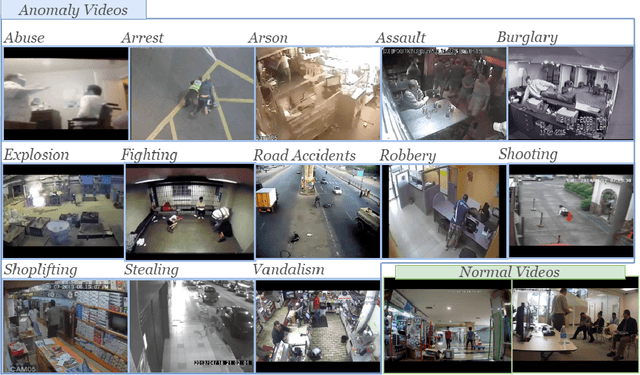

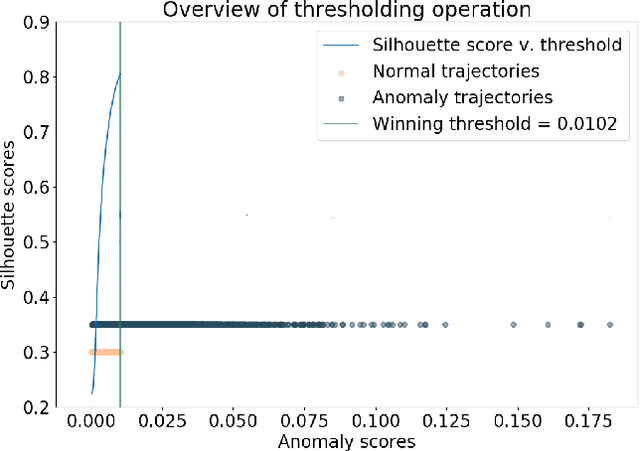

Abstract:Video anomaly analysis is a core task actively pursued in the field of computer vision, with applications extending to real-world crime detection in surveillance footage. In this work, we address the task of human-related crime classification. In our proposed approach, the human body in video frames, represented as skeletal joints trajectories, is used as the main source of exploration. First, we introduce the significance of extending the ground truth labels for HR-Crime dataset and hence, propose a supervised and unsupervised methodology to generate trajectory-level ground truth labels. Next, given the availability of the trajectory-level ground truth, we introduce a trajectory-based crime classification framework. Ablation studies are conducted with various architectures and feature fusion strategies for the representation of the human trajectories. The conducted experiments demonstrate the feasibility of the task and pave the path for further research in the field.
InstaIndoor and Multi-modal Deep Learning for Indoor Scene Recognition
Dec 23, 2021

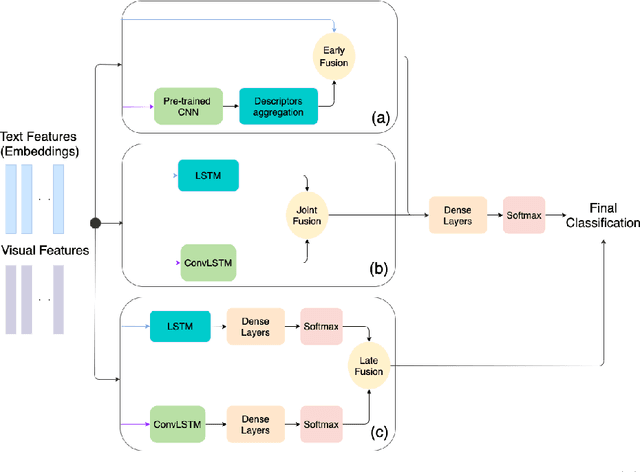

Abstract:Indoor scene recognition is a growing field with great potential for behaviour understanding, robot localization, and elderly monitoring, among others. In this study, we approach the task of scene recognition from a novel standpoint, using multi-modal learning and video data gathered from social media. The accessibility and variety of social media videos can provide realistic data for modern scene recognition techniques and applications. We propose a model based on fusion of transcribed speech to text and visual features, which is used for classification on a novel dataset of social media videos of indoor scenes named InstaIndoor. Our model achieves up to 70% accuracy and 0.7 F1-Score. Furthermore, we highlight the potential of our approach by benchmarking on a YouTube-8M subset of indoor scenes as well, where it achieves 74% accuracy and 0.74 F1-Score. We hope the contributions of this work pave the way to novel research in the challenging field of indoor scene recognition.
Playing to distraction: towards a robust training of CNN classifiers through visual explanation techniques
Dec 28, 2020



Abstract:The field of deep learning is evolving in different directions, with still the need for more efficient training strategies. In this work, we present a novel and robust training scheme that integrates visual explanation techniques in the learning process. Unlike the attention mechanisms that focus on the relevant parts of images, we aim to improve the robustness of the model by making it pay attention to other regions as well. Broadly speaking, the idea is to distract the classifier in the learning process to force it to focus not only on relevant regions but also on those that, a priori, are not so informative for the discrimination of the class. We tested the proposed approach by embedding it into the learning process of a convolutional neural network for the analysis and classification of two well-known datasets, namely Stanford cars and FGVC-Aircraft. Furthermore, we evaluated our model on a real-case scenario for the classification of egocentric images, allowing us to obtain relevant information about peoples' lifestyles. In particular, we work on the challenging EgoFoodPlaces dataset, achieving state-of-the-art results with a lower level of complexity. The obtained results indicate the suitability of our proposed training scheme for image classification, improving the robustness of the final model.
Eating Habits Discovery in Egocentric Photo-streams
Sep 16, 2020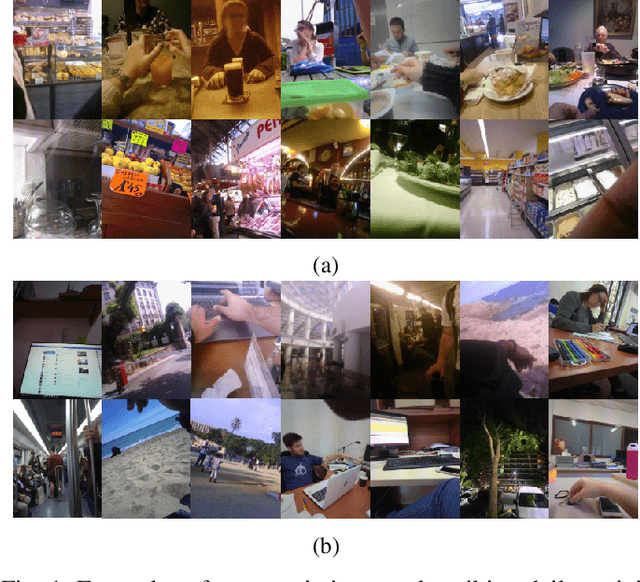

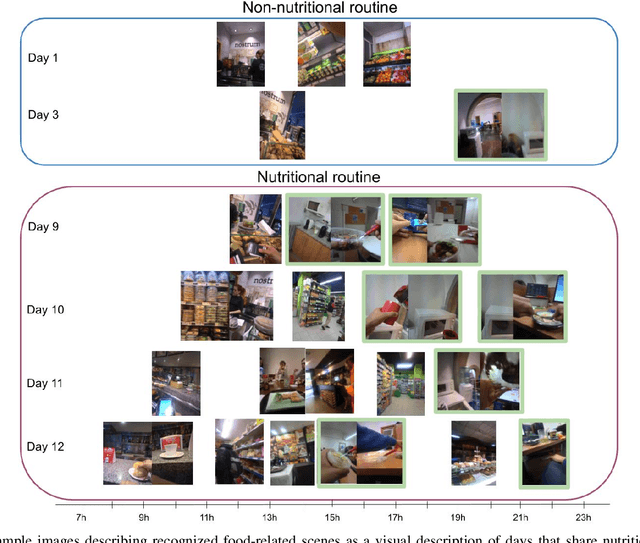
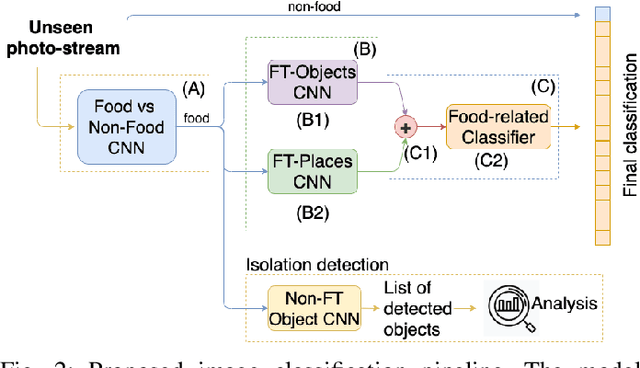
Abstract:Eating habits are learned throughout the early stages of our lives. However, it is not easy to be aware of how our food-related routine affects our healthy living. In this work, we address the unsupervised discovery of nutritional habits from egocentric photo-streams. We build a food-related behavioural pattern discovery model, which discloses nutritional routines from the activities performed throughout the days. To do so, we rely on Dynamic-Time-Warping for the evaluation of similarity among the collected days. Within this framework, we present a simple, but robust and fast novel classification pipeline that outperforms the state-of-the-art on food-related image classification with a weighted accuracy and F-score of 70% and 63%, respectively. Later, we identify days composed of nutritional activities that do not describe the habits of the person as anomalies in the daily life of the user with the Isolation Forest method. Furthermore, we show an application for the identification of food-related scenes when the camera wearer eats in isolation. Results have shown the good performance of the proposed model and its relevance to visualize the nutritional habits of individuals.
Behavioural pattern discovery from collections of egocentric photo-streams
Aug 21, 2020



Abstract:The automatic discovery of behaviour is of high importance when aiming to assess and improve the quality of life of people. Egocentric images offer a rich and objective description of the daily life of the camera wearer. This work proposes a new method to identify a person's patterns of behaviour from collected egocentric photo-streams. Our model characterizes time-frames based on the context (place, activities and environment objects) that define the images composition. Based on the similarity among the time-frames that describe the collected days for a user, we propose a new unsupervised greedy method to discover the behavioural pattern set based on a novel semantic clustering approach. Moreover, we present a new score metric to evaluate the performance of the proposed algorithm. We validate our method on 104 days and more than 100k images extracted from 7 users. Results show that behavioural patterns can be discovered to characterize the routine of individuals and consequently their lifestyle.
Deep learning for scene recognition from visual data: a survey
Jul 03, 2020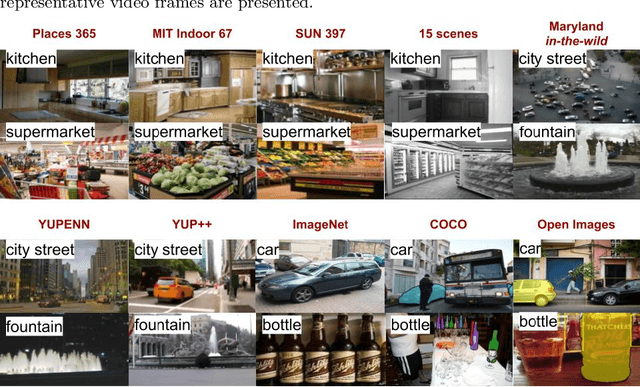
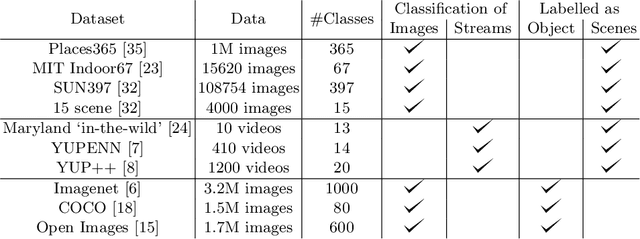


Abstract:The use of deep learning techniques has exploded during the last few years, resulting in a direct contribution to the field of artificial intelligence. This work aims to be a review of the state-of-the-art in scene recognition with deep learning models from visual data. Scene recognition is still an emerging field in computer vision, which has been addressed from a single image and dynamic image perspective. We first give an overview of available datasets for image and video scene recognition. Later, we describe ensemble techniques introduced by research papers in the field. Finally, we give some remarks on our findings and discuss what we consider challenges in the field and future lines of research. This paper aims to be a future guide for model selection for the task of scene recognition.
Towards Emotion Retrieval in Egocentric PhotoStream
May 10, 2019
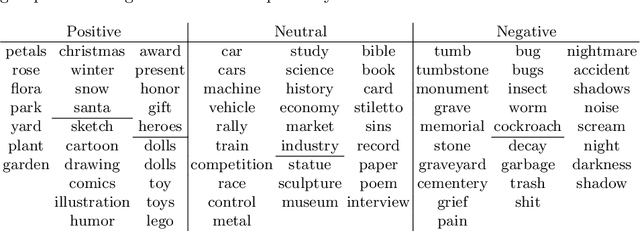
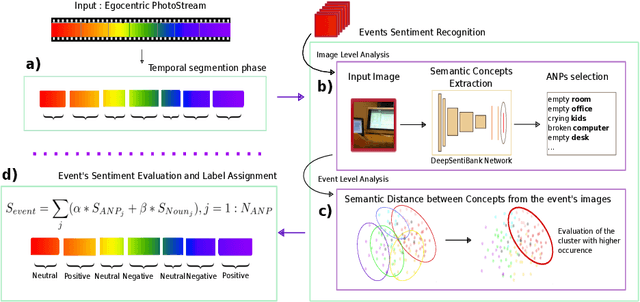

Abstract:The availability and use of egocentric data are rapidly increasing due to the growing use of wearable cameras. Our aim is to study the effect (positive, neutral or negative) of egocentric images or events on an observer. Given egocentric photostreams capturing the wearer's days, we propose a method that aims to assign sentiment to events extracted from egocentric photostreams. Such moments can be candidates to retrieve according to their possibility of representing a positive experience for the camera's wearer. The proposed approach obtained a classification accuracy of 75% on the test set, with a deviation of 8%. Our model makes a step forward opening the door to sentiment recognition in egocentric photostreams.
Hierarchical approach to classify food scenes in egocentric photo-streams
May 10, 2019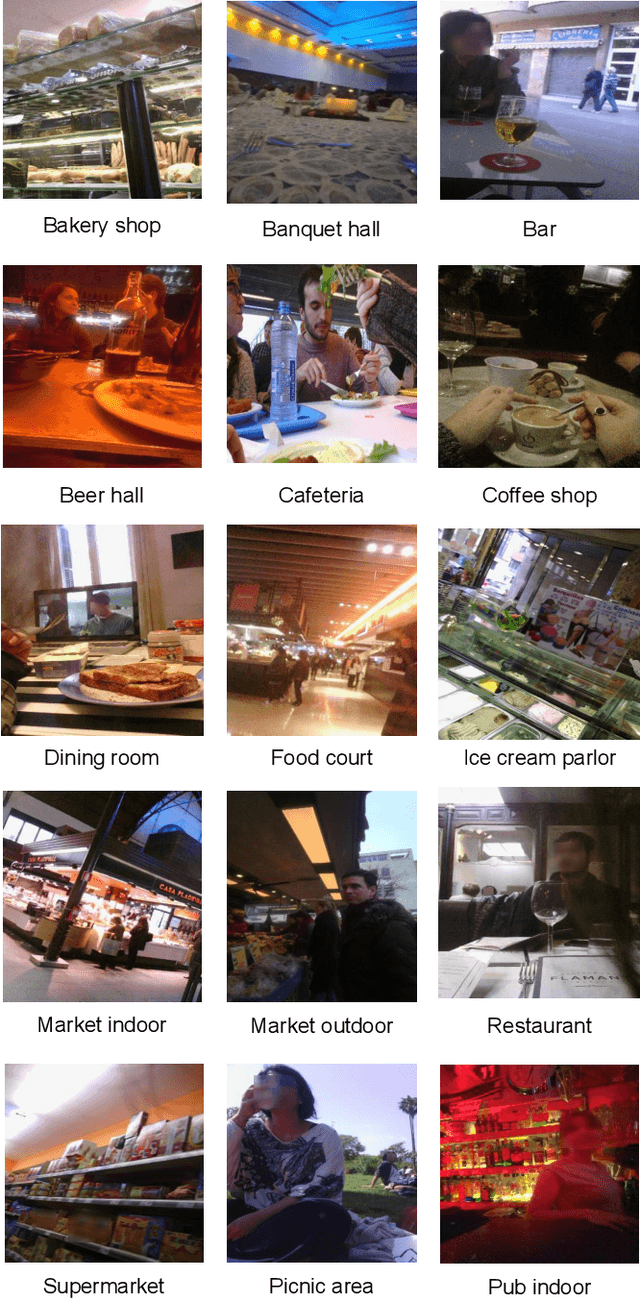
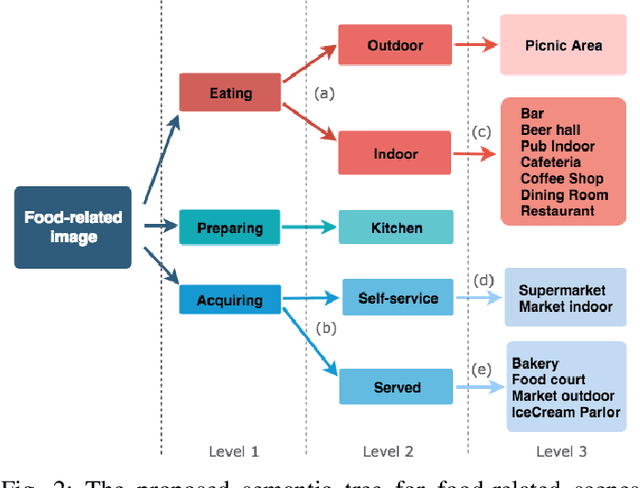
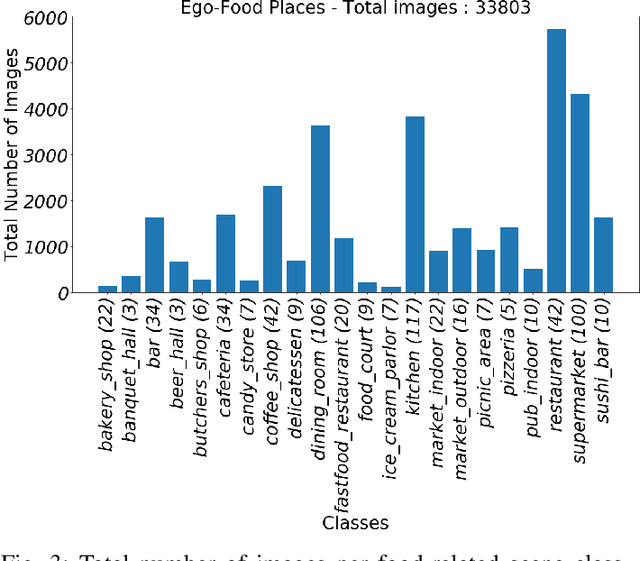
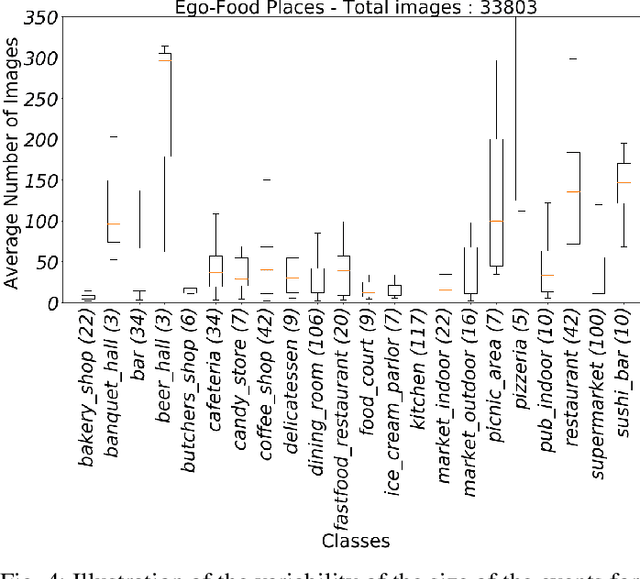
Abstract:Recent studies have shown that the environment where people eat can affect their nutritional behaviour. In this work, we provide automatic tools for a personalised analysis of a person's health habits by the examination of daily recorded egocentric photo-streams. Specifically, we propose a new automatic approach for the classification of food-related environments, that is able to classify up to 15 such scenes. In this way, people can monitor the context around their food intake in order to get an objective insight into their daily eating routine. We propose a model that classifies food-related scenes organized in a semantic hierarchy. Additionally, we present and make available a new egocentric dataset composed of more than 33000 images recorded by a wearable camera, over which our proposed model has been tested. Our approach obtains an accuracy and F-score of 56\% and 65\%, respectively, clearly outperforming the baseline methods.
Towards Unsupervised Familiar Scene Recognition in Egocentric Videos
May 10, 2019



Abstract:Nowadays, there is an upsurge of interest in using lifelogging devices. Such devices generate huge amounts of image data; consequently, the need for automatic methods for analyzing and summarizing these data is drastically increasing. We present a new method for familiar scene recognition in egocentric videos, based on background pattern detection through automatically configurable COSFIRE filters. We present some experiments over egocentric data acquired with the Narrative Clip.
 Add to Chrome
Add to Chrome Add to Firefox
Add to Firefox Add to Edge
Add to Edge